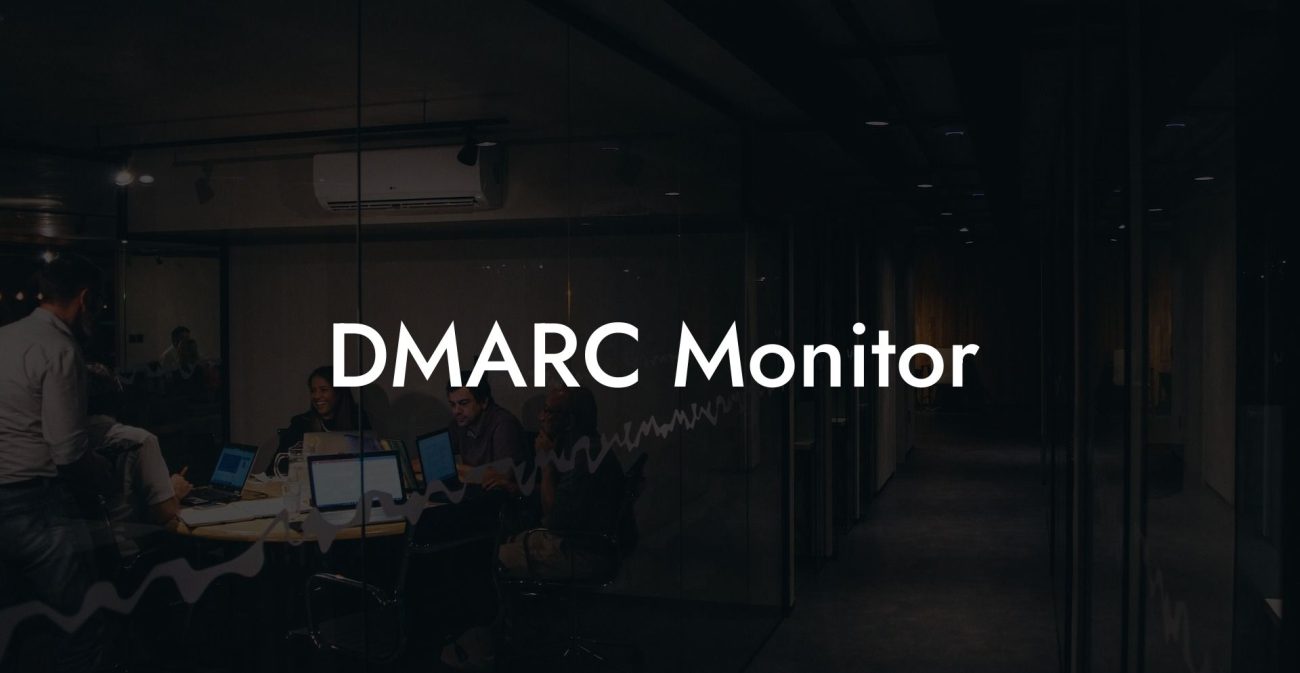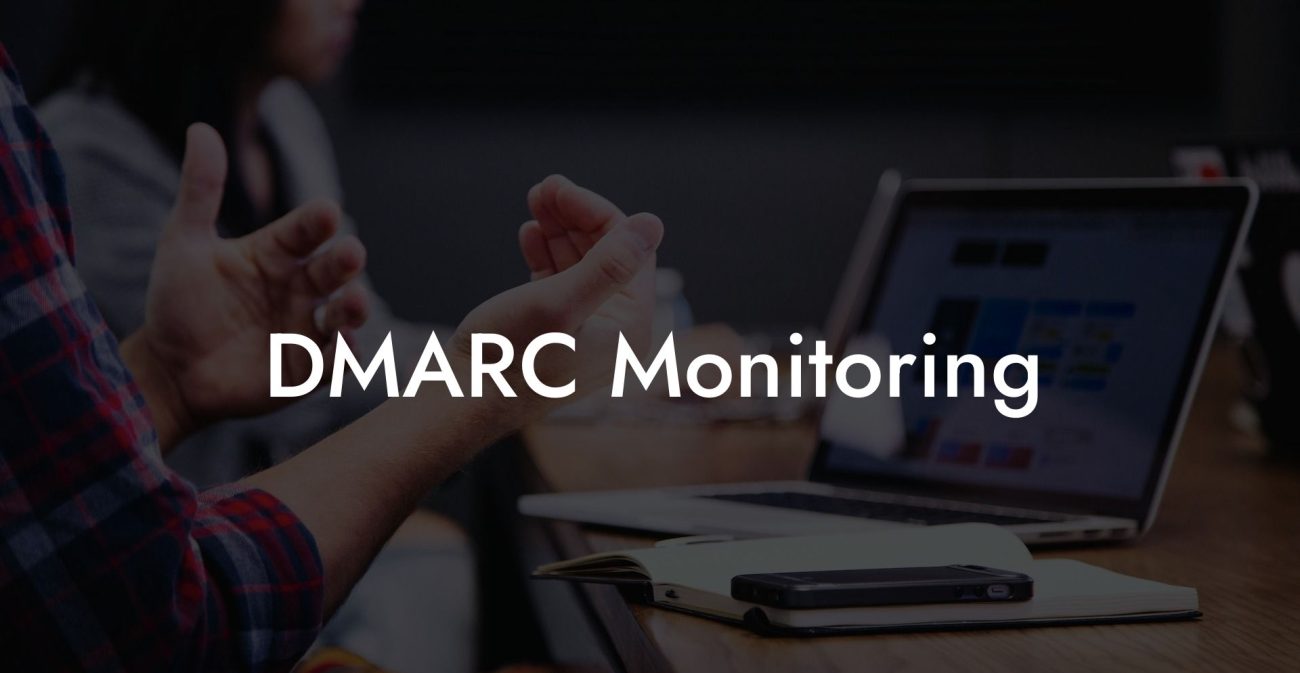In today's digital world, email communication has become an integral part of our lives, and with it, comes the ever-evolving threat of phishing attacks. DMARC (Domain-based Message Authentication, Reporting, and Conformance) is an essential tool in the fight against these cyber threats, helping protect your organization's email domain from being used for malicious purposes. In this article, we will provide a comprehensive guide on how to use a DMARC checker to validate your email security measures, ensuring that you stay one step ahead of cybercriminals.
What is DMARC?
DMARC (Domain-based Message Authentication, Reporting, and Conformance) is an email authentication protocol designed to protect your organization's email domain from unauthorized use, such as phishing and spoofing attacks. By implementing DMARC, you can ensure that only legitimate emails are delivered to your recipients, while malicious emails are rejected or quarantined, thus safeguarding your brand reputation and customer trust.
How Does DMARC Work?
Protect Your Data Today With a Secure Password Manager. Our Top Password Managers:
DMARC works by leveraging two other well-established email authentication protocols, namely SPF (Sender Policy Framework) and DKIM (DomainKeys Identified Mail). These protocols allow the sender to authenticate their email, while the recipient's email server verifies the authenticity of the message using the information published by the sender's domain.
DMARC adds an extra layer of security by enforcing a policy on the recipient's email server to either reject or quarantine messages that fail the SPF and DKIM checks. It also provides a reporting mechanism that allows domain owners to monitor the results of these checks and fine-tune their email authentication setup if required.
What is a DMARC Checker?
A DMARC checker is a tool or service designed to help you analyze and validate your DMARC implementation, ensuring that your email security measures are working effectively. It does so by checking your domain's DNS records for a correctly configured DMARC policy and providing valuable insights into the authentication results of your sent emails.
Why is a DMARC Checker Important?
- Ensures your DMARC policy is properly configured, helping you maintain a secure email environment.
- Helps prevent your domain from being used for fraudulent activities such as phishing and spoofing attacks.
- Provides actionable insights on authentication failures, allowing you to quickly identify and resolve issues that may affect your email deliverability.
- Helps protect your brand reputation and customer trust by ensuring that only legitimate emails from your domain reach their recipients.
How to Use a DMARC Checker
1. Choose a DMARC Checker Tool or Service
There are various DMARC checker tools and services available, both free and paid. These tools typically provide a user-friendly interface that allows you to analyze your domain's DMARC configuration and generate detailed reports on the results of your email authentication checks.
2. Enter Your Domain Name
Input the domain name you want to analyze into the DMARC checker tool. The tool will then fetch the DMARC record from your domain's DNS records and validate the policy configuration.
3. Review and Analyze the Results
The DMARC checker will provide you with a detailed report outlining the results of the analysis. This report will include information on the status of your DMARC configuration, as well as any issues or inconsistencies that may affect your email deliverability. If any problems are identified, the tool can provide recommendations on how to fix them.
DMARC Checker Example:
Example of Using a DMARC Checker:
John, the IT manager at XYZ Company, wants to check if their domain has a properly configured DMARC policy to protect against phishing and spoofing attacks. He goes to a reputable DMARC checker service and enters the company's domain name, "xyzcompany.com".
The DMARC checker fetches XYZ Company's DMARC policy from its DNS records and analyzes its configuration. The report generated confirms that the domain has a valid DMARC policy in place. However, the tool identifies a minor issue with the reporting address for authentication failures. Following the recommendations provided by the DMARC checker, John can quickly correct this configuration issue and continue to maintain a secure email environment for XYZ Company.
In conclusion, using a DMARC checker is a critical step in ensuring a secure email environment and protecting your organization against cyber threats. By implementing and constantly validating your DMARC policy, you can maintain the trust of your customers and safeguard your brand reputation. So, don't wait any longer; use a DMARC checker today to analyze and improve your email security. And remember, sharing is caring - help your peers stay secure by sharing this guide on DMARC checkers, and explore other guides on Voice Phishing for more insights into cybersecurity best practices.
Protect Your Data Today With a Secure Password Manager. Our Top Password Managers:















